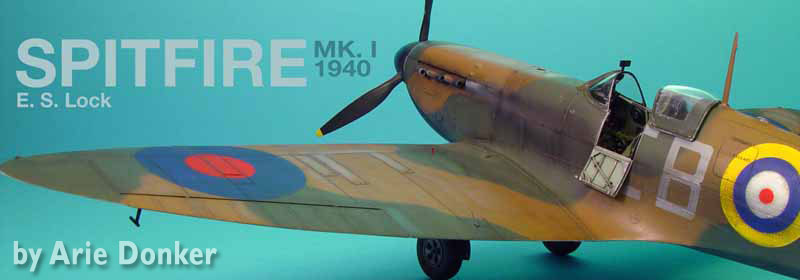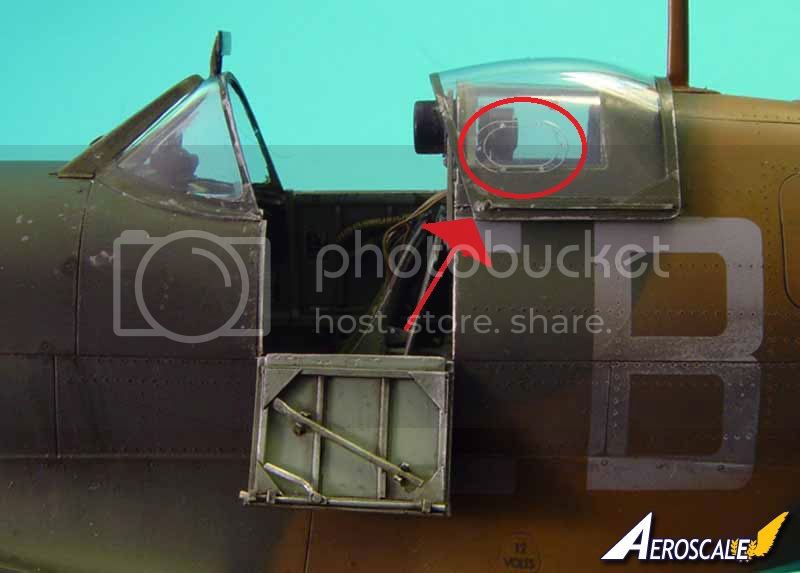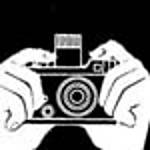Quoted Text
Port wing black, starboard white, rest silver, with roundels, was the normal underside scheme from the out break of war, until June, 1940.
Nope. The black and white scheme applied to under surfaces of day fighters until June 1940 was instigated by Dowding and it was to be applied 50/50 down the centre of the fuselage. Because of misinterpretation of the Air Ministry’s instructions the scheme was not implemented in accordance with his wishes and aircraft were finished with only the wings painted black or white and the fuselage undersides Aluminium (silver). Dowding complained about this and kept complaining until he got what he had wanted. There were no roundels on the under surface of the wings. Roundels on the under surfaces were introduced in September 1939 for aircraft serving in France with the BEF and AASF (Advanced Air Striking Force). Aircraft operating over the French coast could also carry roundels on the under surfaces of the wings. On 4th June 1940 roundels on the under surfaces of the wings were ordered for all aircraft. This lasted until 7th June when under surfaces were ordered to be painted Sky with no roundels on the under surfaces.
During the mid to late 1930s, Britain was engaged in the task of building the world's first integrated air defence system. A means of detecting enemy aircraft at a distance in the form of what is today called radar was developed together with a command and control system to pass the information gathered by the radar to the fighters whilst in the air.
One of the many problems of integrating this system was how to distinguish between friendly fighters and enemy aircraft from the ground. This was necessary to allow them to be tracked over land by the Observer Corps. The early Chain Home radar transmitted its signals through 360 degrees, in order for the radar operators to distinguish the direction that the enemy were coming, the inland 180 degrees had to be blocked out electronically.
The result of this was that there was no radar coverage inland, and all the plotting information which was required for a successful interception, such as the location of the fighters in relation to the raiders once they had crossed the coast, had to be obtained visually, by the Observer Corps.
The solution to the problem of distinguishing friendly fighters visually from the ground was originally suggested by the Commander in Chief of Fighter Command, Hugh Dowding. In May 1937, Dowding wrote to the Air Ministry suggesting that the undersides of fighter aircraft should be painted in such a way as to make them easily identifiable from the ground. He suggested that the underside of one of the lower mainplanes should be finished in silver dope and the other in dull black. By this means however arrangement was likely to be viewed, it would always present a characteristic part coloured appearance to the observer. After some consideration by the Air Ministry it was decided that the idea should be tried out and permission for trials to begin was granted in July 1937.
During October 1937 Dowding wrote to the Air Ministry to inform them of the results obtained from the experiment. Whilst doing so, he suggested that with production of the Hurricane gathering pace, the undersides of the wings of these aircraft should be finished black on the port side and white on the starboard. He also suggested that to make the marking as clear as possible, the aircraft identification numbers should be omitted from the wing under surfaces.
The Air Ministry agreed that some Hurricanes could be finished in this way for the purpose of a large scale service trial and wrote to Dowding during December 1937 to inform him of the decision. As production of the Hurricane was well advanced by this time, it had not been found possible to apply the marking to early production aircraft, but it was to be instituted as soon as possible without delaying production.
The Air Ministry felt that it could not agree to the omission of the serial number from the under surfaces of the wings believing they should be retained as a deterrent to unauthorised low flying as they almost always allowed the offending aircraft and therefore pilot to be identified.
Hawkers were informed in a letter dated 8 January 1938 that it was desired that the under surface of the port wing was to be finished in black and the starboard wing white, with the flaps and ailerons included in this colour scheme. The identification numbers on the starboard (white) side of the aircraft were to remain as they were at present, but those on the port (black) side were to be applied in white to be visible against the black background. Because the Air Ministry had not made it absolutely clear whether the outer wings only were to be black and white or whether the dividing line between the two colours should be on the centreline of the centre section, a sketch showing only the outer panels of the wings finished in black and white was submitted to the Air Ministry in January 1938 for their approval along with a quoted price of £5. 0. 0d. for each aircraft to be finished in this manner. When the Air Ministry raised no objections, this was how the aircraft left the production line.
In March 1938, the Air Ministry wrote to Fighter Command informing them that the serial numbers of the Hurricanes earmarked for the new under surface colour scheme were 11576 - L1625 and delivery was expected to commence before the end of the month.
Once these aircraft began to go into service during early April 1938, Fighter Command expressed a wish that all Spitfires and Hurricanes should be finished in this manner. However in June 1938, Dowding complained that the Hurricanes which had been delivered by that time had not been properly painted as he wished the black and white colours to cover the largest possible surface and to meet on the centreline. The Hurricanes supplied thus far had not been painted on the fuselage at all, leaving a silver strip between the black and white which caused the colours to blend into one another when seen from a distance, destroying the contrast. He also suggested that the roundels on the under surfaces of home defence fighter aircraft were no longer necessary as the black and white finish would act as sufficient identification from below and the roundels only served to break up the clean expanse of black and white which was being relied upon for recognition.
The suggestion that roundels be removed from the under surfaces of Home Defence Fighter aircraft was considered by the Air Ministry, which concluded that there was no legal reason why this could not be done and in August 1938, the Director of Operations and Intelligence, wrote to Fighter Command to inform them of the decision. It was however stated that the roundels must continue to be used in the Field Force fighter squadrons.
Eventually Dowding’s nagging and complaining bore fruit and fighter aircraft were finished with the undersides painted black and white divided down the centre line of the fuselage. By the outbreak of war most anomalies had been corrected and the majority of fighter aircraft were painted in accordance to his wishes.
























 wonderful scratch building, how long did that lot take you?
wonderful scratch building, how long did that lot take you? ) which is the reason that I am entering it into the competitions
) which is the reason that I am entering it into the competitions 








































